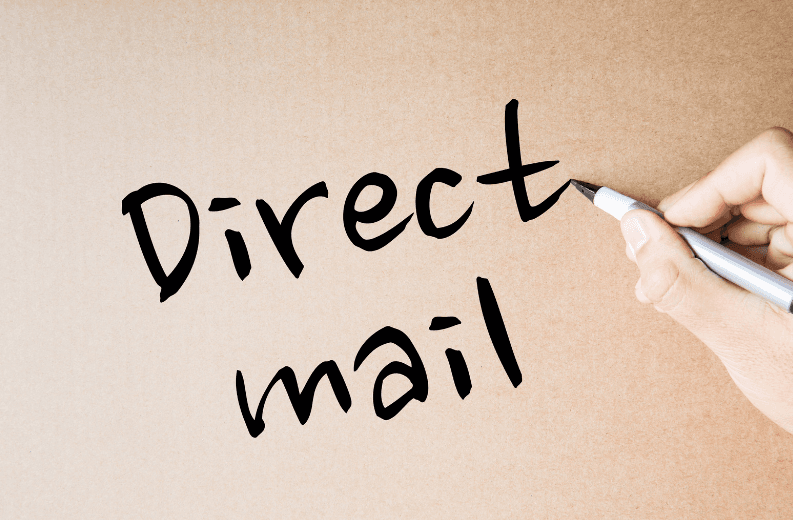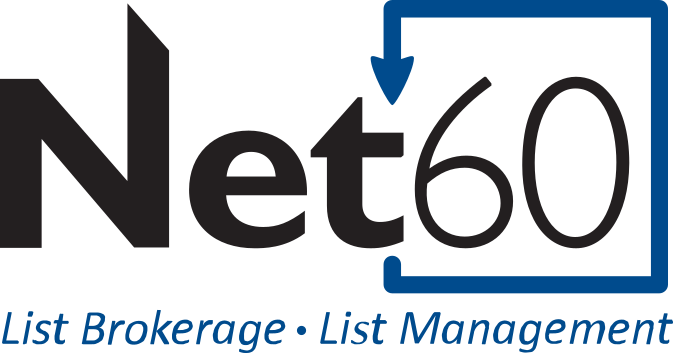Direct Mail for Small Businesses: Budget-Friendly Strategies

By Rachel Horowtiz | July 9th | Blog, Direct Mail
Direct mail remains a powerful tool for small businesses aiming to reach local audiences effectively. While digital marketing has gained prominence, a well-executed direct mail campaign can offer unique advantages, especially for businesses looking to establish a physical presence and engage with their community. Here are some budget-friendly strategies tailored for small businesses venturing into direct mail:
1. Define Your Audience Clearly
Before diving into any marketing campaign, including direct mail, it's crucial to clearly define your target audience. Identify demographics such as age, income level, interests, and geographic location. This specificity allows you to tailor your messaging and maximize the impact of your campaign.
2. Develop Compelling Content
The content of your direct mail piece is paramount. Ensure it is engaging, informative, and relevant to your audience. Highlight unique selling points (USPs) of your products or services and include a clear call-to-action (CTA) that prompts recipients to take the next step, whether it's visiting your store, contacting you, or visiting your website.
3. Leverage Local Partnerships
Collaborating with local businesses or community organizations can significantly enhance the effectiveness of your direct mail campaign. Consider joint mailings or including promotional offers from complementary businesses. This not only reduces costs but also expands your reach to a wider audience who may already have an interest in your products or services.
4. Maximize Postal Discounts
Take advantage of postal discounts and bulk mailing rates offered by postal services. These discounts can significantly reduce the overall cost of your direct mail campaign, making it more budget-friendly for small businesses. Research options such as Every Door Direct Mail (EDDM) which allows you to target specific neighborhoods without needing individual addresses.
5. Measure and Track Results
To ensure your direct mail efforts are cost-effective, it's essential to measure and track the results of your campaign. Use unique promo codes, dedicated phone numbers, or QR codes to track responses and determine the campaign's ROI. Analyze metrics such as response rates, conversion rates, and overall sales generated from the campaign to refine future strategies.
6. Consistency and Follow-Up
Consistency is key in direct mail marketing. Plan regular mailings to maintain visibility and reinforce your brand presence in the minds of your audience. Additionally, follow up with recipients who have engaged with your mailings, whether through personalized thank-you notes, exclusive offers, or follow-up campaigns to nurture leads and build lasting customer relationships.
While digital marketing offers versatility and speed, direct mail remains a valuable tool for small businesses seeking to connect with local communities on a personal level. By implementing these budget-friendly strategies and staying focused on targeted, high-quality content, small businesses can harness the power of direct mail to drive engagement, build brand loyalty, and ultimately boost sales in their local markets. _______________________________________________________________________________________________
Net60 Inc. is a leading list brokerage and list management company specializing in optimizing direct mail campaigns for companies across various sectors. Known for its exceptional service and innovative approach, Net60 Inc. enhances direct marketing efforts, enabling businesses to expand their client base more effectively. Our dynamic, experienced, and determined team collaborates closely to bring shared goals to fruition while excelling in their individual roles and client service.
